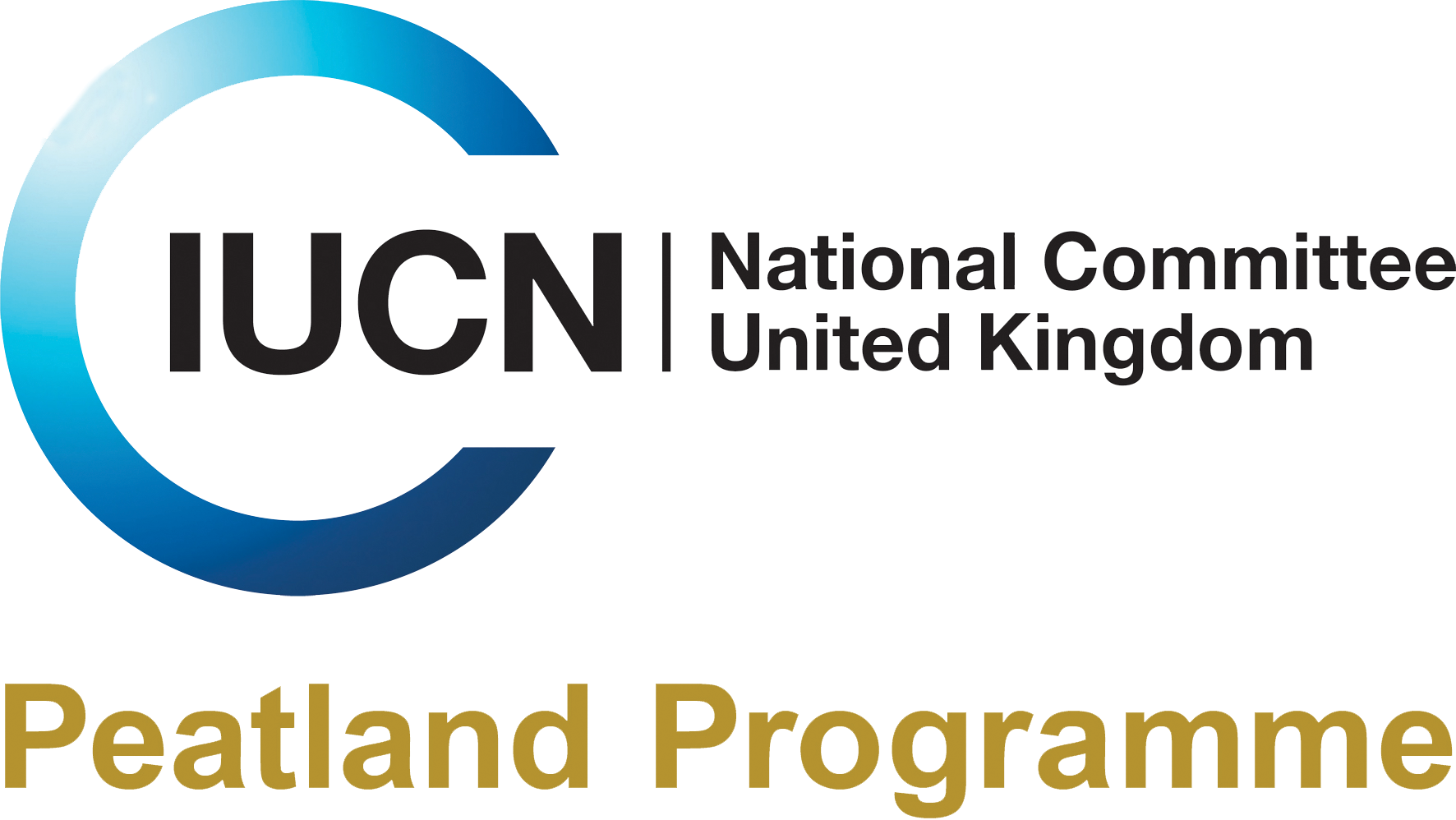Search
Search
Eyes on the Bog
Eyes on the Bog: The West Cavan Bog Association Sites
Two new sites Fartrin and Aughaween join the Eyes on the Bog network. Heather Bothwell of the West Cavan Bog Association picks up the story.
Eyes on the Bog monitoring at the Water Works project
A new set of monitoring equipment has been installed at the Water Works project site in East Anglia, by our Eyes on the Bog Champion, Jack Clough of the University of East London.
Mapping the contribution of phototrophic microbes to the global carbon cycle of peatlands
Database of phototrophic microbes in northern peatlands being built by group of peatland scientists to gain new insight into the diversity, abundance, biomass, and productivity of these tiny…
Tracking the Colour of Peatlands: community science project
Dr Scott J. Davidson (University of Plymouth) has developed a community-science driven project to look at how peatlands change colour across the growing season (also known as green leaf phenology…
Funding for Eyes on the Bog users
Our Eyes on the Bog Fund aims to support existing Eyes on the Bog users to purchase new equipment, provide new engagement opportunities and resources, and collate and input data.
Interested in developing and validating models of peat depth, condition and water table dynamics?
Developing, validating and verifying Peatland Code or other peatland restoration projects can be a challenge! Your help is needed to develop or test peatland tools.
Bog Day
Getting out to the bog in Shetland
An innovative solution to accessing a Peatland Restoration site in Shetland.
Bog Day resources
Celebrating International Bog Day with more ‘Eyes on the Bog’ than ever
Peatlands are among the UK’s most valuable natural habitats—storing carbon, filtering drinking water, supporting rare wildlife, and offering a window into the past through their rich biological…
